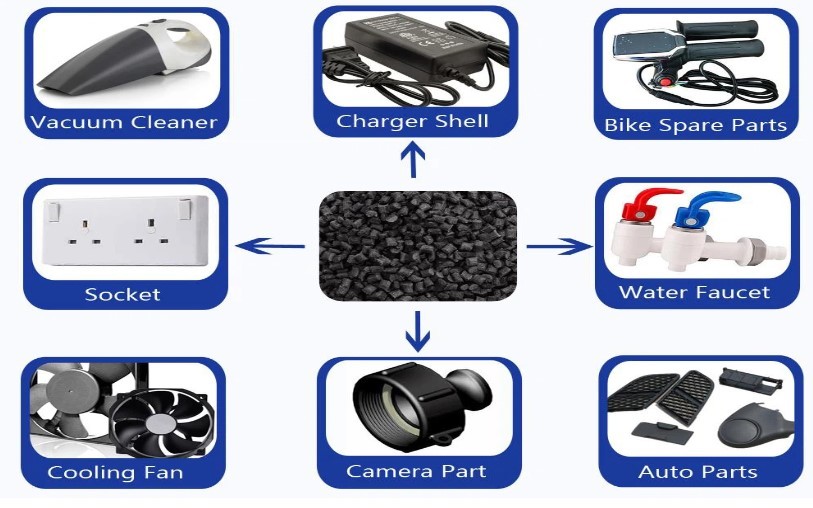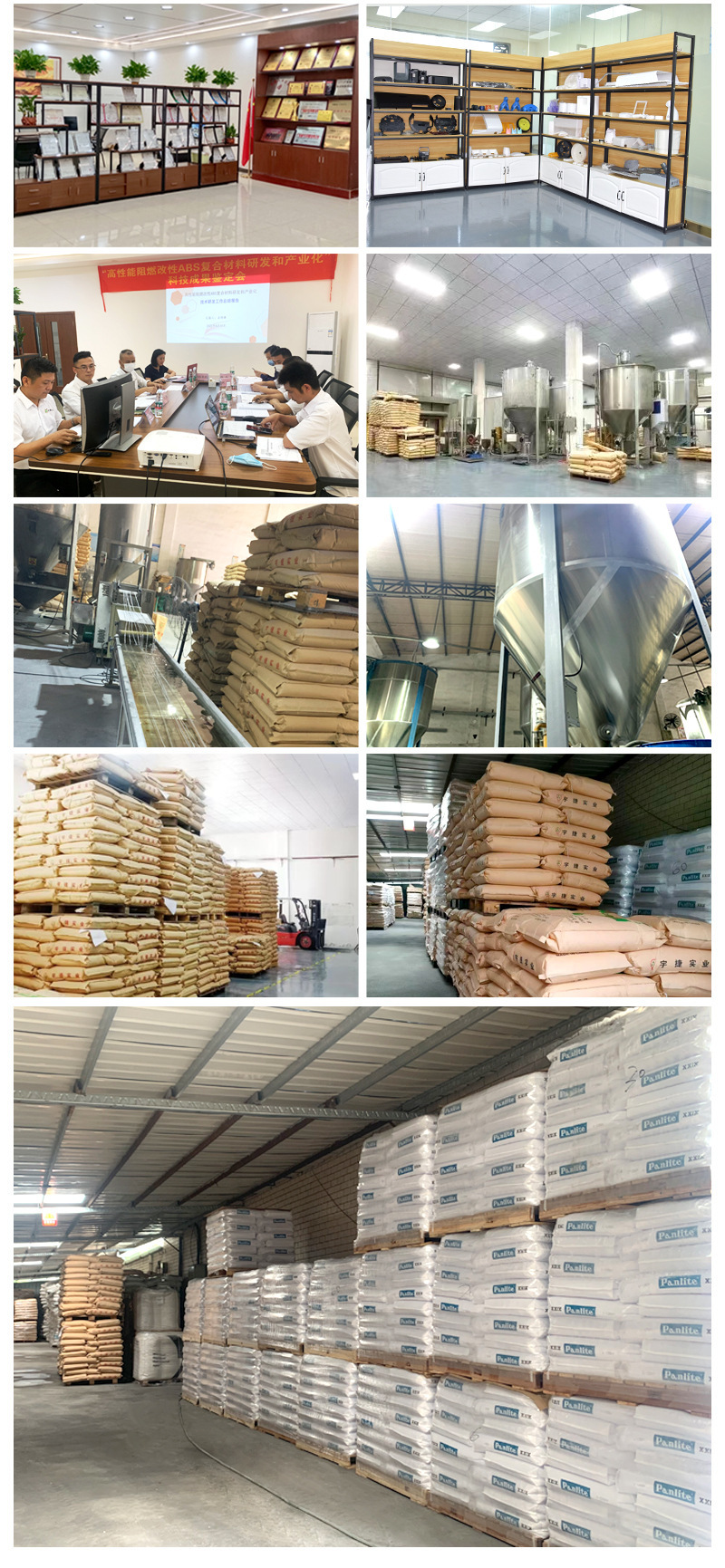Advantages and disadvantages of PCR materials and PIR materials and their prospects
Release time:
2022-11-30 17:53
Source:
Www.dgyujie168.com

With the global carbon peak carbon neutral target, many countries and regions have put forward their own emission reduction targets, in the plastic products industry, we are currently exploring the renewable materials are divided3species: post-consumer material(Post Consumer Resin)Post-industrial materials(Post Industrial Resin)and bio-based materials(Bio-based material). And the recycling of plastic can be dividedPCRwithPIRtwo categories.
PCR(Post-Consumer Recycled Material), that is, post-consumer plastics, refers to materials that have been pre-processed (disassembled, sorted, cleaned), crushed, melted, and regranulated after post-consumer recycling. Mainly from our daily consumption after the daily chemical, electrical appliances, automobiles and other secondary recycling of plastic extraction.
PIR(Post Industrial Resin), I .e. post-industrial recycling. Refers to the factory injection molding products produced when the nozzle, sub-brand, defective products and other materials directly recycled and granulated. Also commonly known as the nozzle material, the source is generally the nozzle, sub-brand, defective products, etc. produced by the factory injection molding products, which are directly recycled from the factory and reused. These materials can often be well recycled and are not easily leaked into the environment.
Obviously, for living consumption.PCRThe volume is much higherPIR,PCRPlastic andPIRCompared with plastic, it can better reflect the concept of environmental protection and reduce carbon emissions. Therefore, "post-consumer recycled plastics" has a higher environmental significance and market value, and the "proportional use of recycled plastics" advocated by consumer goods brands is to "post-consumer recycled plastics". Many major international brands such as Adidas, Nike, Coca-Cola, Unilever, L'Oreal, Procter & Gamble, etc., have long been used.PCRMaterial: the most mature isPCR-PETMaterials (raw materials caused by beverage bottles after recycling) are used in the field of textile and clothing. These brand enterprises have formulated the goal of sustainable development plan, that is, within a certain period of time, the products belonging to their own brands need to use a certain amountPCRRecycled materials, reducing the use of new materials, mainly including plastic products, especially flexible packaging. Some brands even set up2030Company All Plastic Products100%Use recyclable or renewable materials. In consumer electronics products, not only in the packaging to reduce the use of plastics, more and more brands in the selection of structural parts of the product is also more and more in favor of environmentally friendly recycling of metals and plastics. At the same time, many countries benefitPCRPlastic policies have been introduced: for example, the UK tax and customs issued a "plastic packaging tax", less30% Recycled plastic packaging tax rate per ton200Sterling. American Chemical Society (ACS) to the U.S. Congress to propose mandatory use of packaging30%Recycled materials. EU2030Years, some beverage bottles contain at least30%of recycled plastics.2019The European Parliament and the Council of the European Union issued the Directive on Reducing the Environmental Impact of Certain Plastic Products (EU2019/904) specify the member states2025Year, partPETThe proportion of recycled plastic in the container is not less25%. To2030Years, some beverage bottles contain at least30%of recycled plastics.
PCRThere are too many industries and products that can be applied. As long as you think of plastic products, you can do almost everything, such as home appliances, packaging, toys, cars, cosmetic packaging, household appliances, etc. But...PCRThe performance of the material is still different from that of the new material, so it needs to be modified..Yujie Industry is a professional innovative modification factory, which can modify all raw materials and environmentally friendly recycled materials through innovation to achieve the same physical properties as the new materials produced by imported international brands and the world's major petrochemical plants. Can be customized according to customer requirements, such as free dyeing, modification to improve toughness, improve cold resistance, weather resistance, dyeing, further improve mechanical properties and heat resistance, and customizedPCRProduct content, etc. Such30%PCRThe product refers to; the finished product contains30%contentPCRMaterials.

So how to prove that it was actually usedPCRWhat about the material and the specific quantity? There are already relevant certification bodies on the market, and the current three international mainstreamPCRThe material certification body isGRS,TUV,UL, to help enterprises to regulatePCRmarket, thus smoothly entering the international market. "Post-consumer recycled plastics (PCR) "The traceability certification system is a plastic recycling company that proves to the downstream that it produces recycled plastic particles./bottle slice/Fiber products, from waste plastic raw material identification, procurement, transportation to factory recycling production is a full chain of traceable information. Certified materials are environmentally friendly materials that truly recycle post-consumer plastics and reduce plastic pollution.
Related News
LDPE is the abbreviation of low density polyethylene (Low Density PolyEthylene), is a thermoplastic derived from petroleum, mainly used in the plastic bag and film industry.
What are the differences between ABS plastic pellets and PP plastic
Although plastic is common, there are many kinds of plastic, including ABS plastic particles and PP plastic. What is the difference between the two? ABS plastic name: propylene-butadiene-styrene copolymer
Recently, Cinda Securities has produced a report entitled "Research on Petroleum Refining and Chemical Industry" on the theme of "Breakthrough in New Materials for Post-epidemic Recovery". It has detailed analysis on post-epidemic engineering plastics, high-performance resin materials, degradable plastic products and new energy materials. As the original text is more than 20000 words long, Yujie Industrial Co., Ltd. excerpts the following for reference by the industry.
GE Plastics Group held a global launch in Shanghai to assist Chinese electronics manufacturers in coping with WEEE/RoHS Internet access time: May 4, 2006 I will comment on [font size: large, medium and small] Key words: RoHSWEEEGE Plastics Group Author: Wang Yan GE Plastics Group recently held a new product launch for business/consumer electronics in Shanghai, including LexanDMX2415 for MP3, mobile phones and CycoloyCX7010 for TV applications, and introduced its "green idea (ecomagination
The new direction of environmentally friendly plastics
Our earth is facing increasingly serious garbage pollution, we have produced more and more electronic products, plastic products. We are facing an increasingly serious disposal problem with the current level of technology and consistent disposal methods are waste incineration and landfill. The consequence of this is that serious dioxins and carbon dioxide will be produced. There is also a waste of resources, because plastic is decomposed by oil, and now Xinlei Plastic Technology Co., Ltd. specializes in environmental protection and the use of resources. Our company has professional polymer engineers and professional modification technology formula, can effectively recycle and modify the plastic nozzle, we can
New materials bring changes in mobile phones
The emergence and popularization of touch screens have gradually made us bid farewell to the years when we used physical keyboards to manipulate mobile phones. Today's trendy mobile phones cannot even find a physical keyboard on the main screen. The emergence of capacitive touch screens has even made mobile phones bid farewell to the standard stylus. We have begun to use one finger to click on two fingers to rotate and zoom to manipulate the screen. The influence of new materials on us is obvious. At this CES, several updated materials let us see the possibility of further changes in the way of interaction. The most exciting, naturally flexible electronic screen when the computer screen can be bent or even folded, what does it mean?





